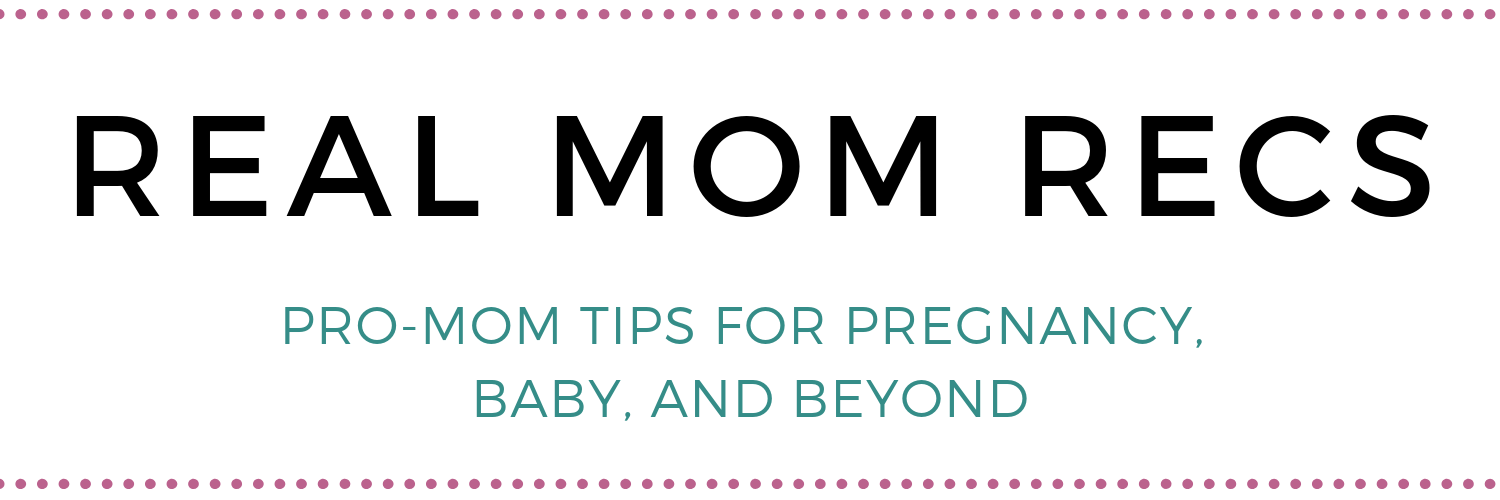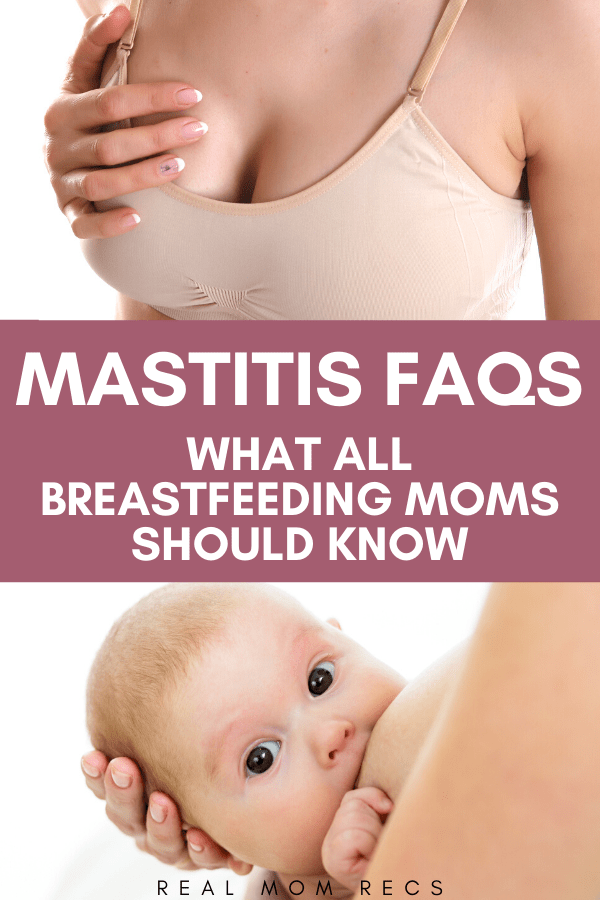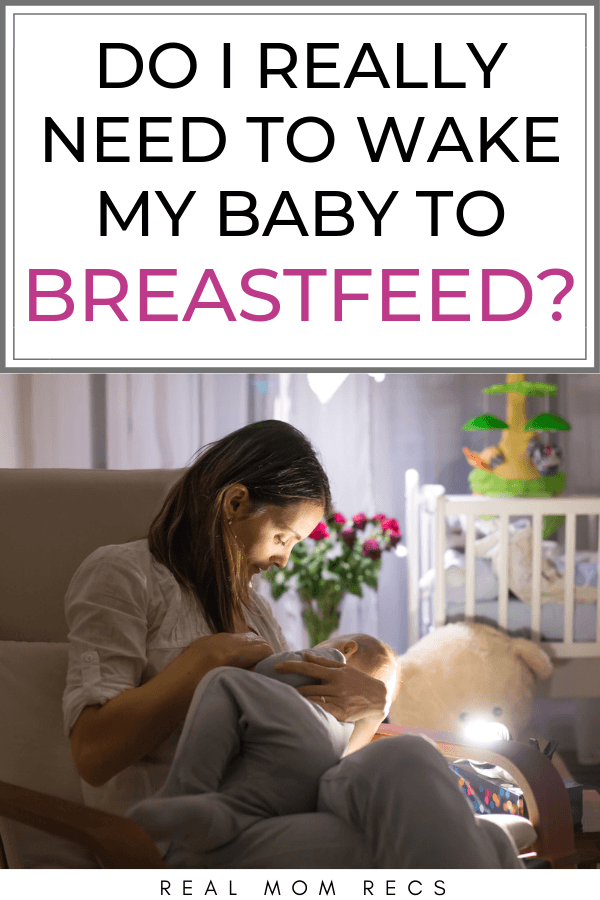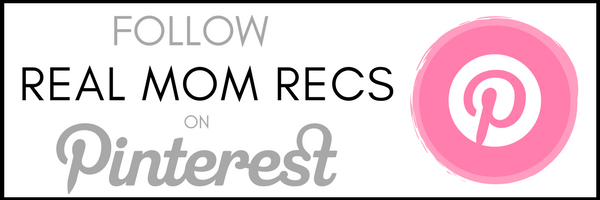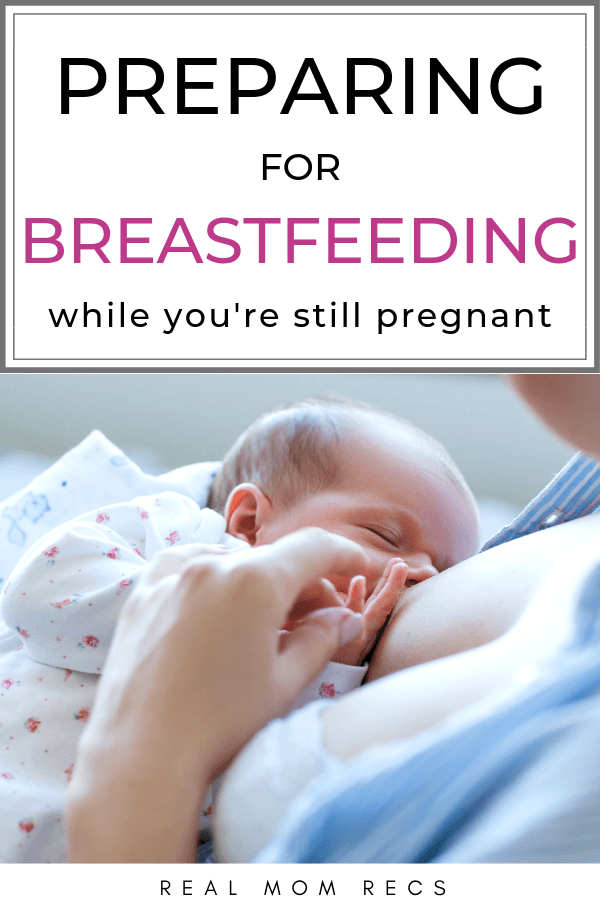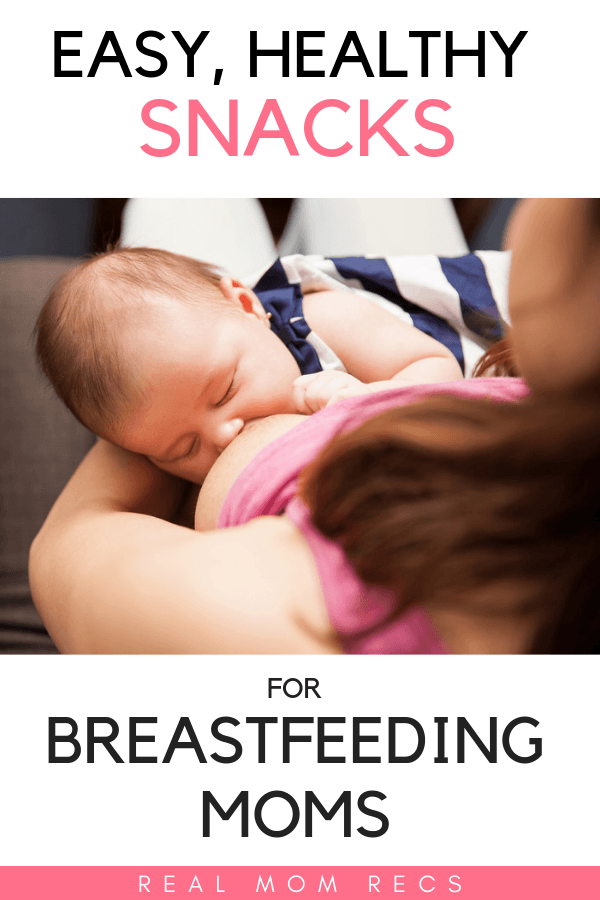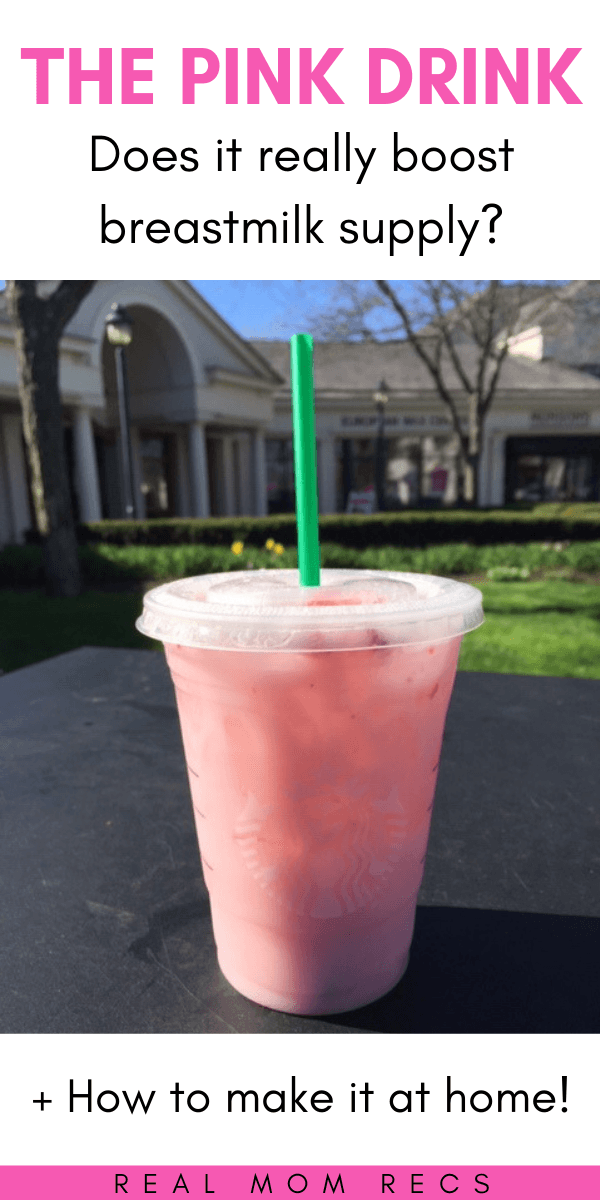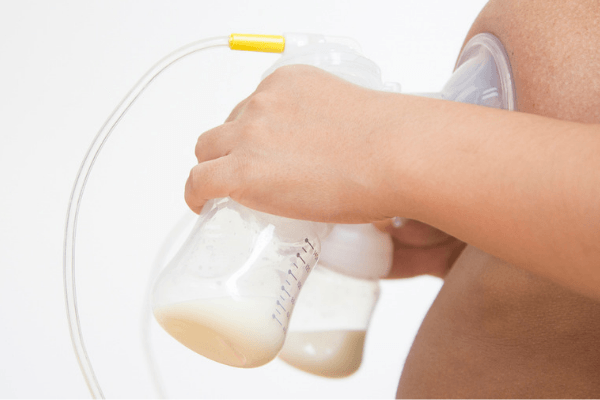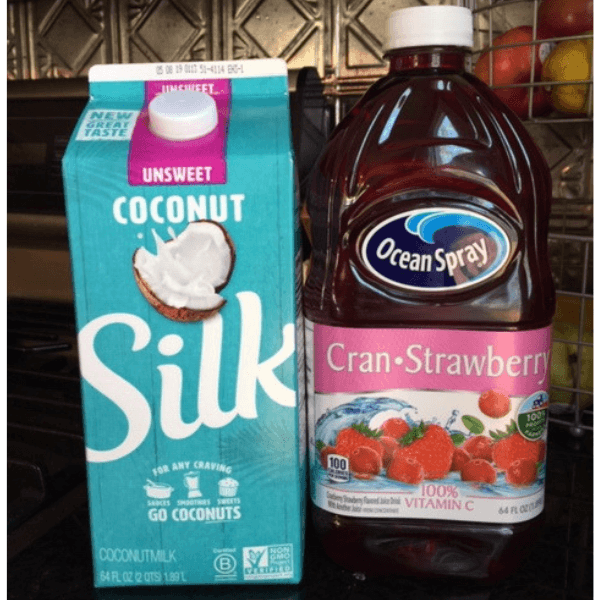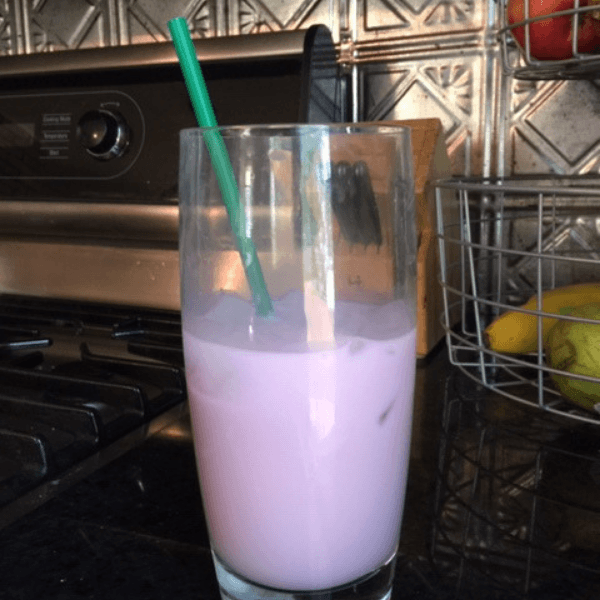Of all the concerns new moms-to-be have about breastfeeding, pain and complications are up at the top. Here is what you need to know about one of the biggest breastfeeding problems: mastitis. Don’t be afraid, because as long as you’re armed with knowledge, this will not end your breastfeeding journey. Here are the top mastitis FAQs that all breastfeeding moms should know.
For other new mom tips, don’t miss this post of newborn hacks for new moms and how to set yourself up for breastfeeding success!
This is a guest post written by Amy of the Postpartum Party.
Getting mastitis when you’re breastfeeding can be extremely painful and frustrating, especially for new moms who are still trying to get the hang of nursing.
But getting mastitis doesn’t mean you have to throw in the towel on breastfeeding altogether. Many women are able to continue breastfeeding and have a positive and healthy breastfeeding journey even after getting mastitis. If your goal is to continue breastfeeding, then read through these tips for catching mastitis early and treating it so you can feel better fast!
What is Mastitis?
Mastitis typically happens when a blocked duct doesn’t clear. (source) It occurs almost exclusively in women who are breastfeeding and causes swelling and inflammation of the breasts. Mastitis often comes with an infection, but it doesn’t always mean you have an infection.
It’s most common to get mastitis within the first two to three months of nursing. After that time frame, most newborns have established regular eating patterns, which helps lower your chances of getting mastitis.
What Are the First Signs of Mastitis?
If you have pain in your breasts and/or feel like you’re catching the flu, you could have an infection. Here are other signs to look for:
- Flu-like symptoms, including a fever, chills, and fatigue
- Tender or swollen breasts
- intense pain in the breasts either during breastfeeding or continuously
- Breasts that are warm to the touch
- Red patterns on the breasts
- Generally feeling unwell
Can I Breastfeed with Mastitis?
You can still breastfeed, even with mastitis. In fact, breastfeeding might help relieve some of the pain. Women with mastitis may feel like they just need to get the milk out, and pumping and breastfeeding might bring relief.
Breastmilk also has antibacterial properties that can help protect your baby from infection. You don’t need to worry about spreading the infection to your baby through breastfeeding.
How Can I Treat Mastitis At Home?
If you think you might have mastitis, you should seek medical care immediately. You might need an antibiotic if it has turned into an infection.
You can manage the pain in the meantime with these tips:
- Pain Reliever: Pain relievers like Acetaminophen and Ibuprofen can help reduce your pain and lower your fever.
- Breastfeed: You can breastfeed in the meantime. As painful as it can be, breastfeeding can help you heal faster.
- Warm Compress/Warm Shower: Use a warm compress on the breast. You can also take a warm shower before breastfeeding to encourage letdown and help relieve engorgement.
- Reduce Pressure: Wear loose-fitting wire-free bras and tees. Keep pressure off your chest area in general.
- Rest: Try to rest as much as possible. Anytime your body doesn’t feel good or you have an infection, your body needs extra rest and TLC.
- Take Lecithin: Taking the recommended dose of Lecithin may help resolve and prevent clogged ducts.
Can Mastitis Go Away Without Antibiotics?
Not all cases of mastitis turn into an infection. Check with your doctor to see if you have an infection and need antibiotics.
What Can Happen if Mastitis Goes Untreated?
Not treating mastitis properly can make it worse and can be extremely painful. You do not want to leave mastitis untreated. Any infection that goes untreated could lead to worse complications.
What Increases Your Risk of Getting Mastitis?
There are some factors that may increase your risk of getting mastitis including:
- Not regularly emptying breast milk through nursing or pumping. Make sure to feed your baby on demand for the first several weeks until regular feeding patterns have been established.
- Cracked or irritated nipples. Find and use a good nipple cream along with other helpful breastfeeding supplies to prevent cracked nipples and make breastfeeding easier.
- Past bouts of mastitis. Unfortunately, if you’ve had mastitis in the past, it does make your chances higher for getting it again.
Listen to your body and if you feel feverish, have flu-like symptoms, have redness or tenderness in your breasts, or just feel off, get checked out. The longer you wait to treat mastitis, the worse it is, and it can definitely escalate quickly.
Breastfeeding is such a personal thing and mastitis can really complicate things. If you still want to breastfeed and feel discouraged from going through mastitis, just know that it is temporary. It’s possible to get your milk supply to go back up and still have a positive breastfeeding journey!
About the guest poster
Amy blogs at The Postpartum Party where she covers everything related to pregnancy, motherhood, and those first few years where your life totally changes for the better (although sometimes it feels like the worst). She lives in California and loves to write, travel, decorate, and binge watch her favorite TV shows.
